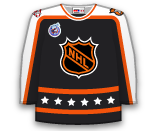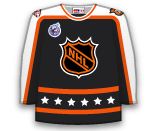Al Montoya is not available to backup Cam Talbot vs. the Ducks on Sunday, so Brossoit comes up to handle that duty.

Al Montoya is not available to backup Cam Talbot vs. the Ducks on Sunday, so Brossoit comes up to handle that duty.

Ejdsell, 22, was acquired at the trade deadline and just came over from Sweden, picking up one assist in his first two games with the IceHogs. In Sweden, the 6-foot-4, 214 lbs. winger collected 20 goals and 14 assists (34 points) in 50 games with HV71.
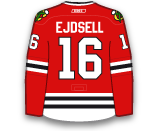
Roberto Luongo is day-to-day with an undisclosed injury so Sateri will serve as James Reimer’s backup tonight. It doesn’t look like his stay with the team will be a long one as the Panthers are hopeful that Luongo will be good-to-go early next week.
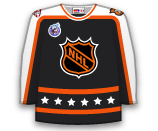
Boyd has been sent down because the Capitals have signed Shane Gersich and he will join the team on the road. Boyd had one assist in seven games with the Capitals but returns to Hershey where he has 15 goals and 29 assists (44 points) in 56 games.



Murphy, 22, was moved from Nashville to the Coyotes and has picked up four goals (1G / 3A) in eight games with the Roadrunners since. Overall, he has nine goals and 21 assists (30 points) in 56 AHL games this season and could make his NHL debut following a season-ending injury to Jason Demers.
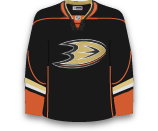
Strome is actually expected to play for the Coyotes during this call-up. Strome has lit up the AHL with 22 goals and 28 assists (50 points) in 47 games this season. He will look to improve his NHL game, having registered just two points (1G / 1A) in his first 18 career NHL games.

McKenzie, 27, has scored 24 goals with 21 assists (45 points) in 45 games with Texas this season. With Jason Spezza and Brett Ritchie both out tonight, McKenzie is expected to suit up for his fifth NHL game of the season. He has 10 goals and 12 assists (22 points) in 96 career NHL games.
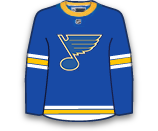
Martinsen, who has picked up 12 goals and 14 assists (26 points) in 61 games with Rockford this season, could make his Blackhawks debut tonight. Matthew Highmore was hurt over the weekend and is presumably out tonight following Martinsen’s call-up.
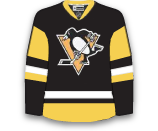
Sieloff was a second round pick in 2012 but has only appeared in one NHL game since. Sieloff has picked up just six points (1G / 5A) in 47 AHL games this season, so he doesn’t bring any offence to the table.
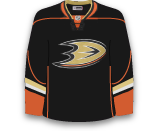
O’Brien was sent down yesterday but brought back up after it was announced that Ryan Dzingel will not play on Tuesday. O’Brien has just one assist in nine games with Ottawa but has had more success in Belleville, picking up 13 goals and 15 assists (28 points) in 55 games.
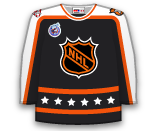
Jarry has gone 6-2-0 with a 2.60 GAA and .914 SV% in eight games with Wilkes-Barre/Scranton this season. He has spent the majority of the year with Pittsburgh, but with Matt Murray (concussion) likely returning on Tuesday, they will keep Casey DeSmith as his backup for now.

Andersson allowed eight goals on 30 shots (38 points) in 53 games with the Heat this season. Andersson comes up because T.J. Brodie suffered an upper-body injury last night. Andersson has not picked up a point in two career NHL games.

Lindgren has gone 4-8-2 with a 3.03 GAA and .908 SV% in 14 games with the Canadiens and returns to Laval where he is 8-14-1 with a 3.18 GAA and .891 SV%. Lindgren’s return to the AHL suggests that Carey Price (concussion) will at least dress as Antti Niemi’s backup on Monday.

Sparks, 24, served as Curtis McElhinney’s backup while Frederik Andersen was hurt, but he returns to the Marlies where he has gone 24-8-1 with a 1.78 GAA and .936 SV% this season. Sparks’ return to the AHL means that Andersen will be back in Tampa Bay on Tuesday.
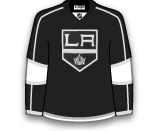
O’Brien has just one assist in nine games with Ottawa so he returns to Belleville, where he had 28 points (13G / 15A) in 55 games prior to being called up. Filip Chlapik has been recalled to take O’Brien’s spot on the roster.

Chlapik, 20, has 30 points (10G / 20A) in 50 games with Belleville this season and has picked up two assists in 10 games with Ottawa. Chlapik will likely draw into the Senators lineup on Tuesday.
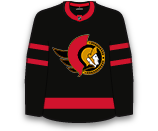
Ben Bishop suffered another lower-body injury on Sunday and he will miss at least the next two weeks, so McKenna returns as Lehtonen's backup. The Stars are fighting for their playoff lives, so McKenna likely won’t see any action. He is 15-9-1 with a 2.69 GAA and .907 SV% in 30 games with Texas this season.
